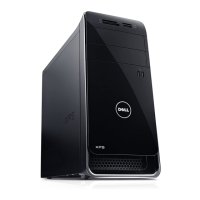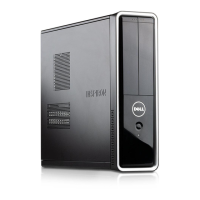What to do if my Dell D03T has a memory/RAM failure?
- HheathermasonAug 20, 2025
If your Dell Desktop is experiencing a memory/RAM failure, try resetting and swapping the memory modules among the slots. If the problem persists, you may need to replace the memory module.





